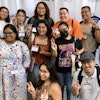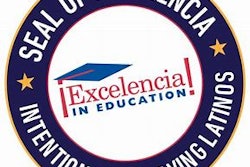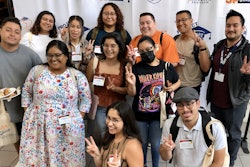Reared on the small Navajo reservation town of Naschitti in New Mexico, Dr. LeManuel “Lee” Bitsóí “grew up around science without calling it science.”
He learned a great deal from his mother, whom he describes as an ethnobotanist who was able to identify and collect plants to use as food and medicine for her children and the family’s animals.
Although he didn’t learn the Western scientific terms for the plants his mother collected, illnesses she cured or weather systems she observed, this experiential form of teaching had an indelible impact on Bitsóí. It inculcated him with the belief that, although American Indians and members of other ethnic groups might approach science and learning in non-Western ways, their knowledge is valid and worthy of note within the science, technology, engineering and math disciplines.
Today, as director of the Minority Action Plan Program at the Center of Excellence in Genomic Sciences at Harvard Medical School, Bitsóí routinely calls upon the knowledge he gained through his mother’s traditional Navajo teaching methods. He says American Indians have a great deal to contribute to the STEM disciplines through their understanding of and relationship with the world.
“Traditionally, Native people seek to maintain balance and harmony. This perspective brings respect to learning and understanding the power and miracle of science,” he says.
Bitsóí studied engineering as an undergraduate at the University of New Mexico, but he struggled to find a place in the academy. As he deliberated over which discipline would best serve himself and his people, he realized that he might not be alone in his struggle. He reasoned that other Navajos and Indian people might be having the same problem.
Bitsóí eventually earned a master’s degree from Harvard University, where he was also associate director for recruitment and student affairs in the university’s Native American Program. Although he successfully designed and implemented Harvard’s first recruitment plan for American Indians, he noticed that college recruiters often viewed potential students only in terms of their social and economic limitations.















